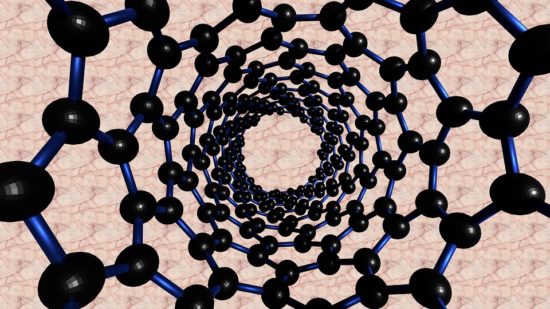Biosurfactant-based silver nanoparticles: Recent advances and their applications in antimicrobial drug resistance
Antimicrobial resistance (AMR) is a serious global challenge to human health. The expression of beta (β)-lactamase and peptidoglycan crosslinking are important mechanisms in developing bacterial resistance. Silver nanoparticles (AgNPs), due to their numerous antibacterial targets, offer new hope for combating pathogens that have developed resistance. However, the bactericidal capability of AgNPs is compromised by their size, cell permeability, oxidative activity, ionization, toxicity, and functionalization with specific components.Biosurfactants (BS) being biocompatible surface-active molecules due to their unique properties and mechanism of action, play a crucial role in augmenting the efficacy of AgNPs by stabilizing them, facilitating their penetration, and mitigating their toxicity. When combined with AgNPs, these nanostructures exhibit broad-spectrum antimicrobial activity, effectively targeting the resistance mechanisms employed by drug-resistant pathogens. In this comprehensive review, we explore the feasibility of utilizing BSs derived from microorganisms, plants, and marine sources as an agent for AgNPs synthesis. We also delve into the multifaceted applications of BS-based AgNPs in combating AMR. This study provides promising insights into harnessing the potential of BSs to enhance the antimicrobial efficacy of AgNPs and effectively target the pressing challenge of AMR.
AMR NEWS
Your Biweekly Source for Global AMR Insights!
Stay informed with the essential newsletter that brings together all the latest One Health news on antimicrobial resistance. Delivered straight to your inbox every two weeks, AMR NEWS provides a curated selection of international insights, key publications, and the latest updates in the fight against AMR.
Don’t miss out on staying ahead in the global AMR movement—subscribe now!







